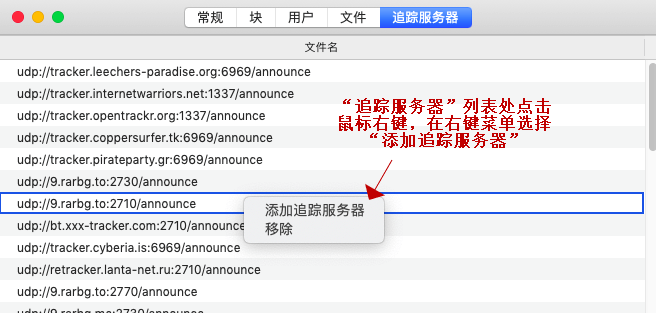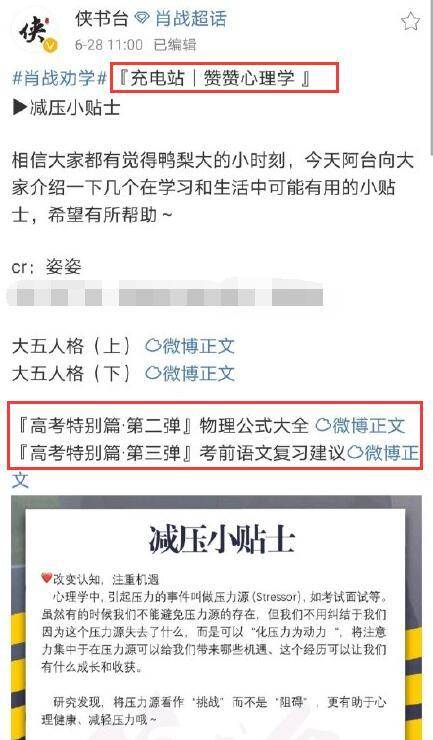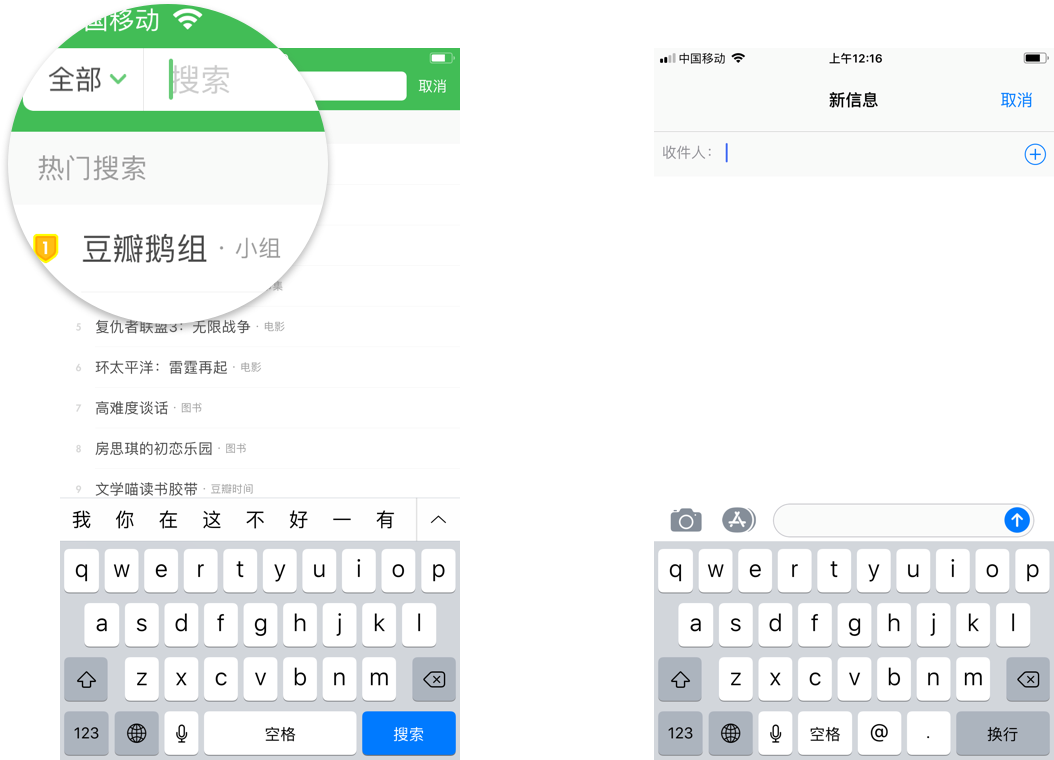New Macao: Interactive Design Strategy for Interface Edition 51.474
As we step into the future of education, the importance of interactive design in the context of digital platforms becomes increasingly vital. The following article explores the implications of designing interactive strategies specifically for the New Macao's high-stakes educational platform, focusing on the class of 2024. Interactive design has become a cornerstone in engaging students, enhancing learning outcomes, and ensuring that education remains relevant and adaptive to the rapidly changing digital landscape.
Introduction
New Macao, with its forward-thinking approach to education, has been utilizing cutting-edge technology to create immersive and interactive educational experiences. As we prepare for the 2024 high school graduates, it is critical to design interfaces that not only cater to the users' needs but also incorporate strategies that foster active learning, critical thinking, and collaborative problem-solving.
Understanding User Needs
To create an effective interactive design, it is essential to deeply understand the diverse needs of students. This requires extensive user research, including surveys, interviews, and user testing, to identify their preferences, challenges, and expectations. Insights gained from this research will inform the design process, ensuring that the interface is intuitive, accessible, and engaging for all users.
Interactive Elements
Interactive elements are the building blocks of an engaging interface. These could include:
- Dynamic content: Content that adapts to user interactions, providing personalized learning paths based on their performance and preferences.
- Gamification: Incorporating game-like elements to motivate and reward students, making learning more enjoyable and competitive.
- Real-time feedback: Providing instant feedback to students on their progress and understanding, helping them to learn from their mistakes and build on their strengths.
- Collaborative tools: Tools that allow students to work together on projects and share ideas, fostering a sense of community and collective learning.
Technological Frameworks
Developing an interface in the digital era requires a robust technological framework that supports these interactive elements. Technologies such as:
- Artificial Intelligence (AI): Enables personalized learning and intelligent tutoring systems that adapt to individual students' needs.
- Virtual Reality (VR) and Augmented Reality (AR): Creates immersive learning environments that can simulate real-world scenarios and provide hands-on experiences.
- Mobile Learning: Enables access to educational resources anytime, anywhere, catering to the on-the-go needs of modern students.
User Interface (UI) Design
The UI design plays a crucial role in the overall user experience. It should be:
- Intuitive: Allowing users to navigate and use the system with ease, requiring minimal instructional guidance.
- Aesthetically pleasing: Creating a visually appealing interface that is pleasant to use and promotes positive associations with learning.
- Responsive: Ensuring that the interface adapts seamlessly to various devices and screen sizes, providing a consistent experience across platforms.
User Experience (UX) Design
The UX design focuses on how users interact with the product, aiming to provide a seamless, enjoyable, and efficient experience. This includes:
- Simplicity: Reducing cognitive load by simplifying navigation and interactions, making the interface easier to understand.
- Accessibility: Ensuring that the interface is usable by people with disabilities, adhering to accessibility guidelines and standards.
- Performance: Optimizing the interface for speed and reliability, ensuring that it loads quickly and responds well to user inputs.
The Role of Analytics
Analytics is integral to understanding how users interact with the interface and to identify areas for improvement. Analytics tools can help:
- Track user engagement: Monitor how students use the platform and which features are most popular or effective.
- Identify patterns and trends: Discover user behavior patterns that can inform the design of new features or the refinement of existing ones.
- Measure success: Quantify the impact of design changes on learning outcomes and user satisfaction.
Conclusion and Future Outlook
As we prepare for the 2024 high school graduates, the New Macao educational platform must stay at the forefront of interactive design. By leveraging the latest technologies and design strategies, we can create an interface that not only meets the needs of its users but also motivates and inspires them to achieve their full potential. The future of education is digital, interactive, and personalized—let's shape it together.












还没有评论,来说两句吧...